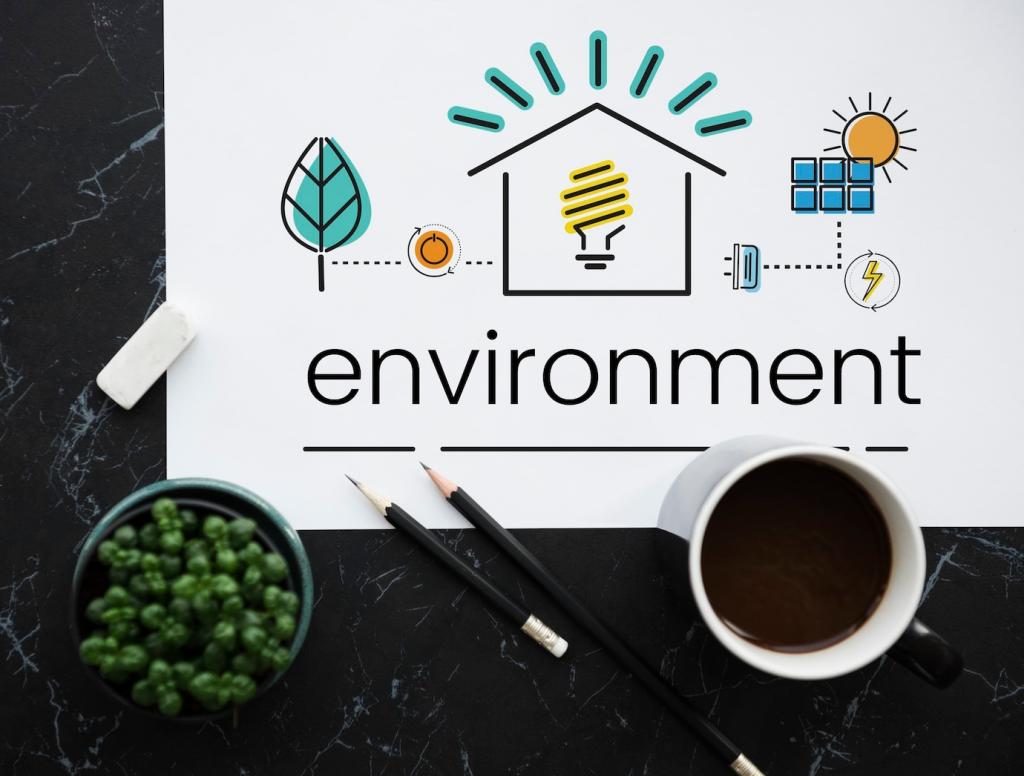Embracing eco-conscious cleaning methods for furniture is an essential step towards a healthier home and a more sustainable future. By choosing environmentally friendly practices and products, you can effectively clean and maintain your furniture without relying on harsh chemicals that may impact the environment and indoor air quality. This guide explores practical techniques and solutions that protect both your cherished pieces and the planet.

Previous slide
Next slide
Previous slide
Next slide


Reducing Water and Chemical Use
Dry dusting with microfiber cloths effectively removes dust and allergens from furniture surfaces without needing water or liquid cleaners. These cloths can be washed and reused countless times, reducing both resource use and waste. Regular dusting prevents buildup, making intensive wet cleaning unnecessary.
Focusing on specific stains or spots, rather than washing entire pieces, conserves water and minimizes detergent use. Immediate spot treatment also stops spills from setting in, simplifying care and limiting environmental impact. By targeting areas that truly need attention, you extend the life of the material and reduce the need for frequent deep cleans.
Avoiding harsh chemical cleaners preserves both household health and environmental integrity. By choosing plant-based products or simple homemade mixtures, you ensure that only benign substances are introduced into your space. This conscious approach maintains a clean home while keeping dangerous residues out of your living area.


Certifications and What They Mean
Products bearing labels like EcoLogo or Green Seal have undergone rigorous testing to verify that they meet strict environmental standards. Understanding what these certifications represent empowers consumers to make informed choices. Such products often use biodegradable ingredients, minimal packaging, and responsible manufacturing processes.

Plant-Based Formulas
Formulas derived from plants deliver effective cleaning with low toxicity. They break down safely after use, addressing concerns over residue accumulation and water pollution. These products harness the power of natural enzymes and essential oils to remove stains and odors, providing a viable alternative to traditional synthetic cleaners.

Packaging and Refill Options
Eco-conscious companies often opt for recycled or recyclable packaging, reducing landfill contributions. Furthermore, many now offer refill systems, allowing customers to reuse bottles and cut down on single-use plastics. Selecting such products supports an overall strategy of resource conservation and environmental stewardship in household cleaning routines.
Safe Disposal and Recycling of Cleaning Waste
Materials like used baking soda, lemon peels, or natural cloths can often be composted. Composting returns nutrients to the earth, diverting waste from landfills. Incorporating compostable elements into your cleaning regimen underscores your commitment to a closed-loop, sustainable system.

Preventing Future Stains and Damage Sustainably
Using Natural Barriers and Covers
Organic cotton or hemp covers shield furniture from dust and spills, and are easy to wash without harsh detergents. These covers extend the life of underlying materials while keeping the need for intensive cleaning to a minimum. Choosing naturally-derived fabrics ensures barriers are breathable, durable, and planet-friendly.

